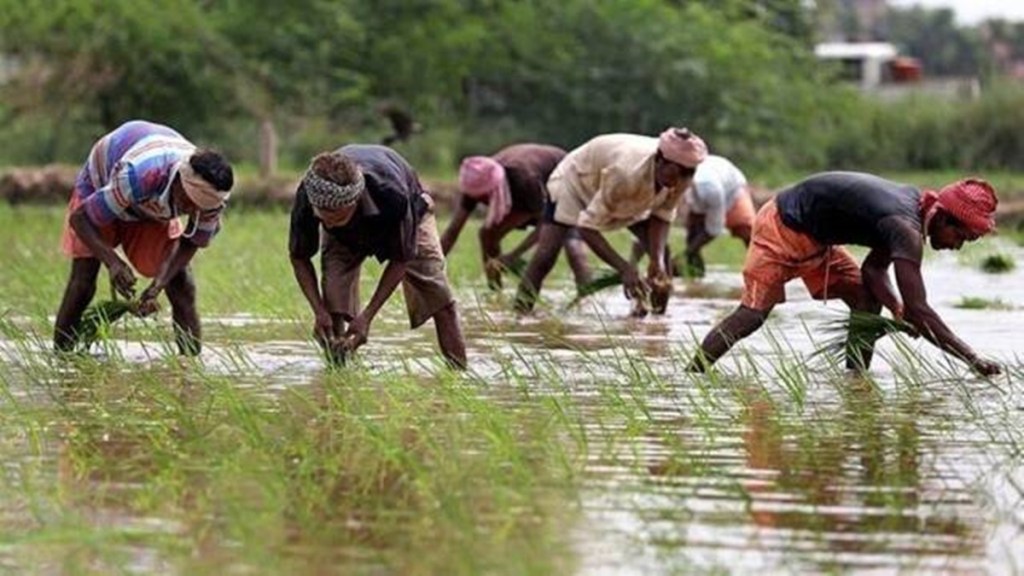At the recent 17th Cooperative Congress, prime minister Narendra Modi’s speech made interesting observations on the government’s spending on agriculture and farmers since 2014. On an average Rs 6.5 trillion was being spent every year on agriculture by the Union government, thereby providing Rs 50,000 in some form or the other to 130 million farmers. Farmers are “guaranteed” to get this amount, he added for emphasis, raising an interesting question as to whether farmer interests are better served through a minimum income in lieu of price and other forms of support.
The PM was no doubt referring to “guarantee” as a riposte to the electoral promises of opposition parties. While Rs 6.5 trillion appears impressive, it amounts to 14% of gross value added in agriculture, which is low in relation to the size of the sector in the economy. In real terms, the Union government’s spending on agriculture has been stagnant from 2009 to 2019 in contrast to the states that have been doing the heavy lifting on spending on agriculture, according to research of the Foundation of Agrarian Studies. The uptick in central government’s spending of late has been due to the increase in income transfers by the flagship scheme, Pradhan Mantri Kisan Samman Nidhi, which was launched in 2019 and provides Rs 6,000 in three instalments to millions of small and marginal farmers. The fact that income support schemes are very much a priority of the government was evident when the prime minister pointedly contrasted the meager budgets for agriculture in the five years prior to 2014—less than Rs 90,000 crore—which was exceeded three-times by PM-Kisan in transferring Rs 2.5 trillion to the bank accounts of farmers.
The big question is whether PM-Kisan can be scaled up to provide a quasi-universal basic rural income (UBRI) to all farmers in lieu of price and other forms of support. In its existing form, it provides only a supplemental income to small and marginal farmers but will not be enough for surplus producing large farmers in the vanguard agrarian regions who typically spend around Rs 14,000 to Rs 15,000 on an acre of wheat or Rs 24,000 to Rs 25,000 on paddy. During the last nine years, the prime minister noted that such farmers received Rs 15 trillion from higher minimum support prices. MSPs, for their part, introduce a cost-plus determination to prices that is inflationary over the short-term. Such a regime also encourages cultivation of water-intensive crops like paddy in regions which are facing groundwater stress. Extending them to more crops, besides wheat and rice, also has serious implications for the exchequer if it is backed by open-ended procurement. More importantly, MSPs don’t insulate surplus-producing farmers from continuing market failures, volatility of prices and sudden supply gluts.
For such reasons, there is a warrant to debate whether farmer concerns can be addressed by the government providing a higher income support through PM-Kisan. Quasi-UBRIs have considerable appeal among economic reformers who prefer a minimalist State as it represents a possible alternative to government interventions in agriculture that have not been well-targeted to the intended beneficiaries. It is far better instead to scrap these programmes and subsidies and provide a direct cash transfer to all farmers. PM Modi’s “guarantee” of Rs 50,000 to farmers could be a starting point in this regard.

